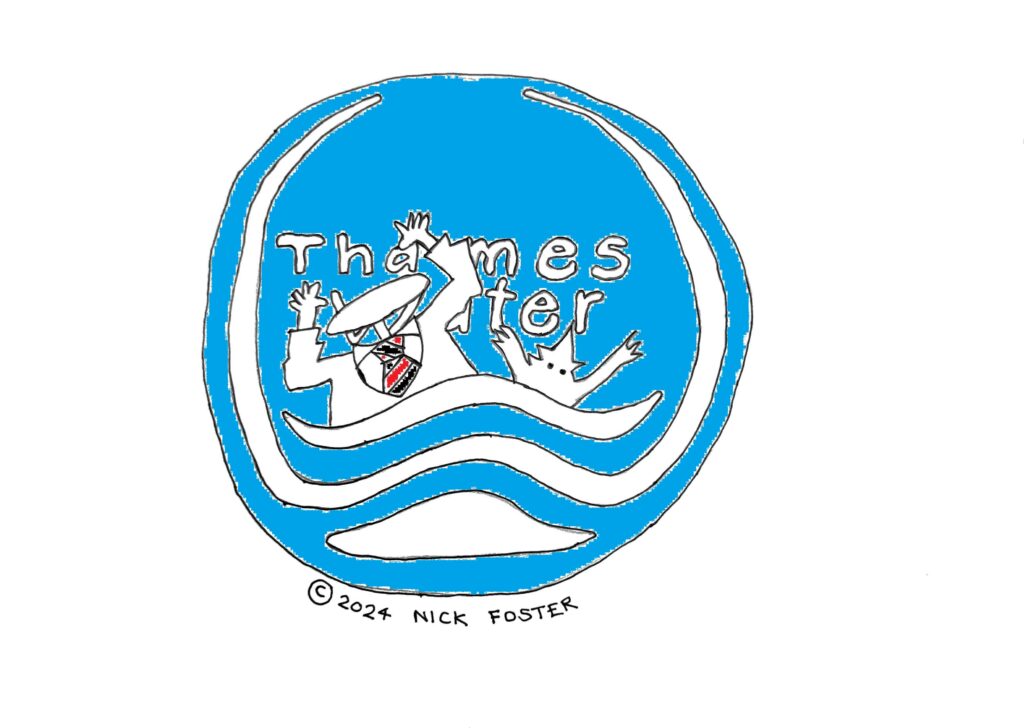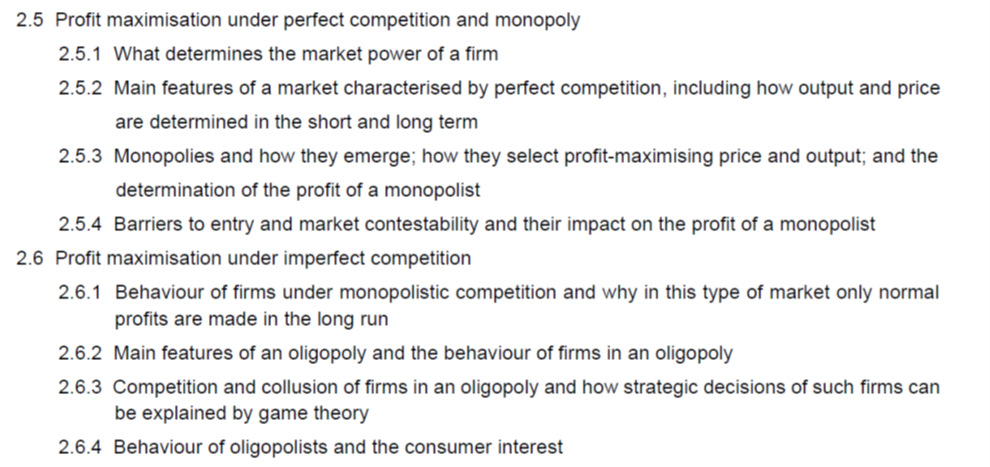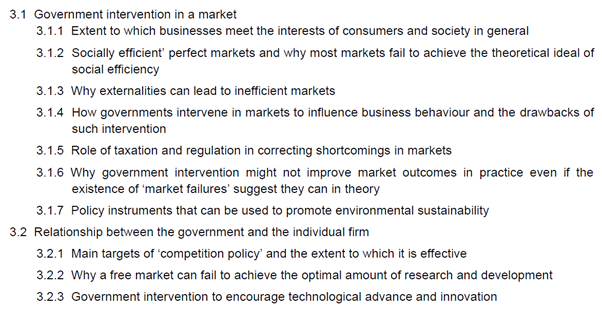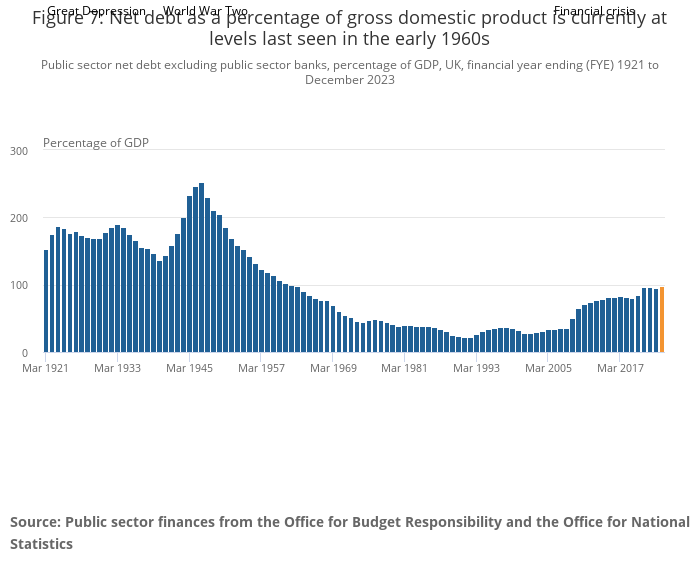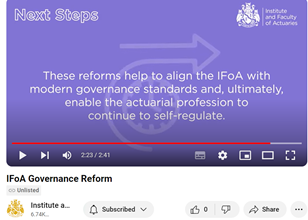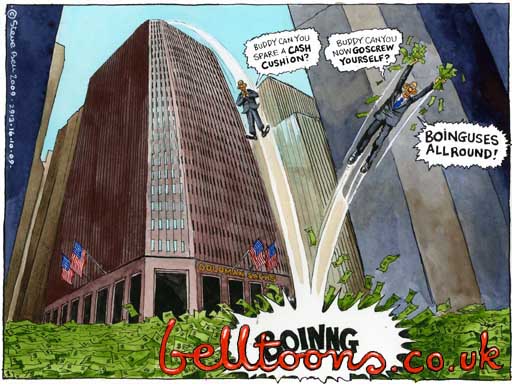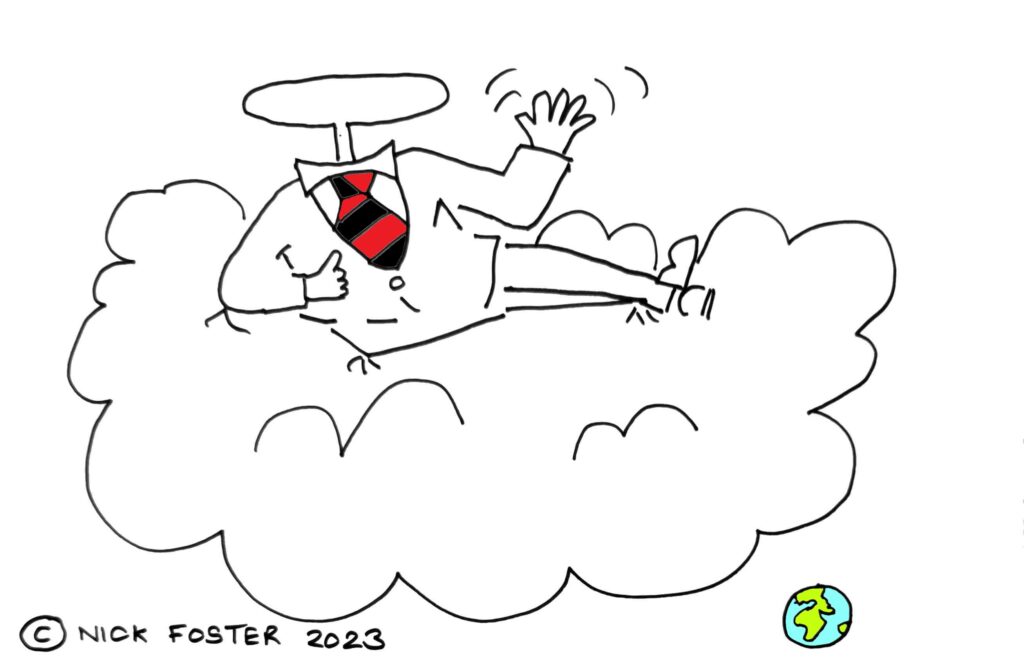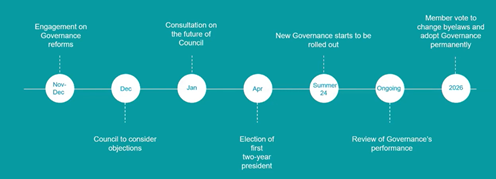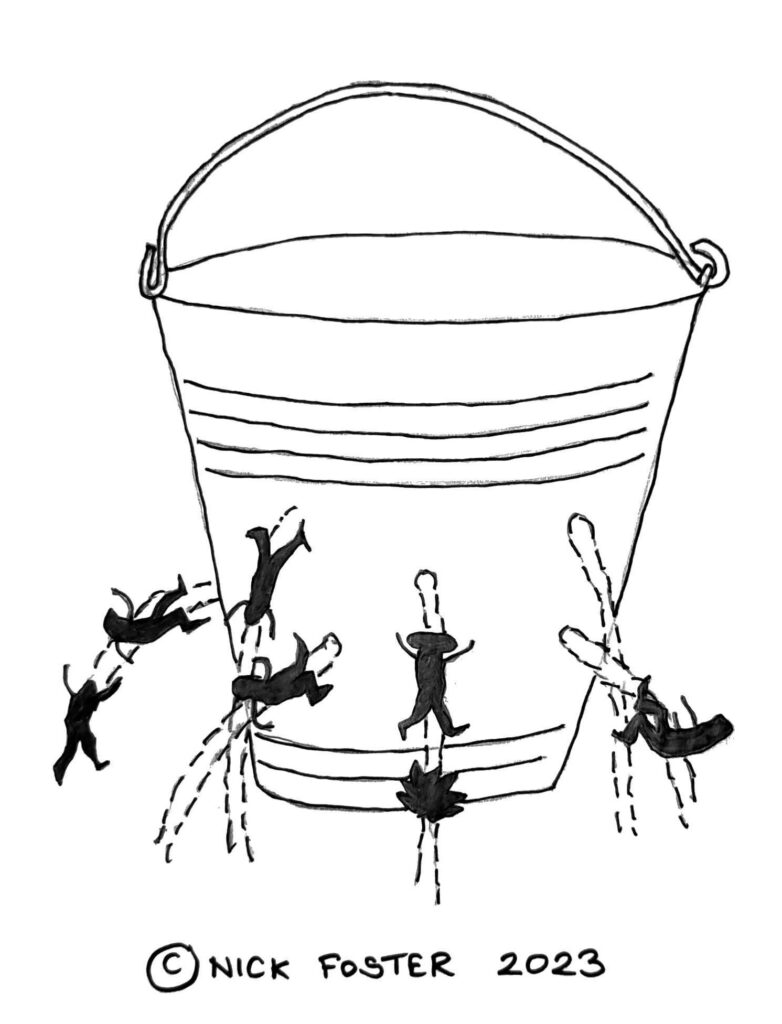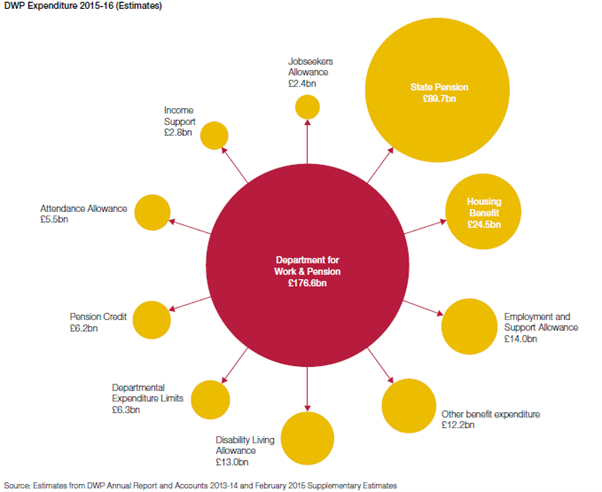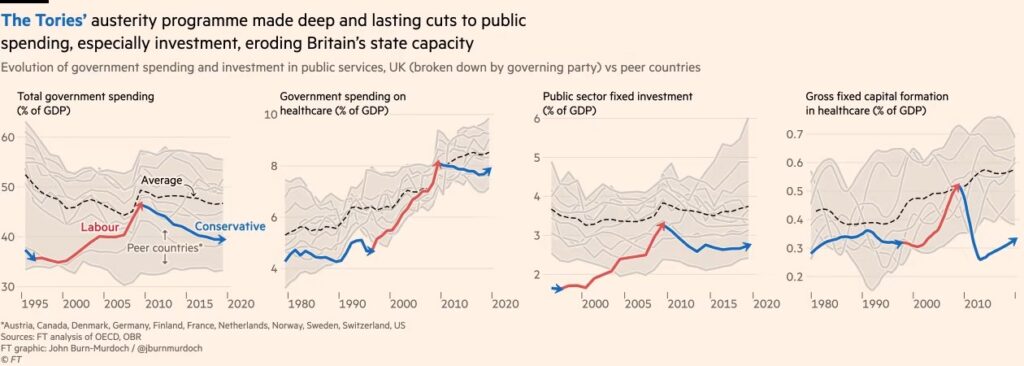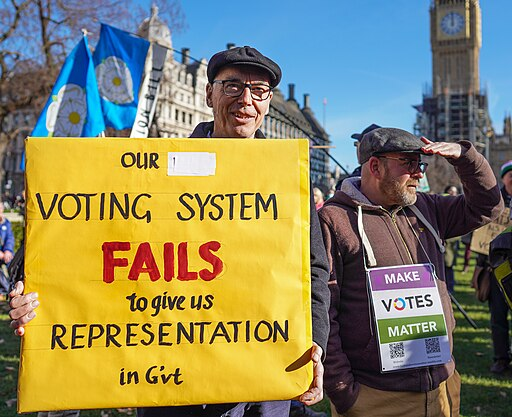
Election day is approaching. It has been a bruising 5 years and the Labour Party’s landslide-super-majority seems like a distant memory. The Conservative Party was not quite wiped out in the end: less than 100 seats but still His Majesty’s Opposition. The Labour Government had well over 400 seats. Once all the levels of government jobs had been allocated: 95 ministers and whips, 41 parliamentary private secretaries, various party roles such as chairman, deputies, etc and perhaps a few trade envoys, and other roles had been occupied like select committee positions, there were considerably in excess of 200 MPs over who the Government had rather less leverage. In the case of the 60 or so MPs seen as left wing, the leverage was close to non-existent after 5 years of vilification of the Corbyn era and all who sailed with her. There had therefore been a great deal of scope for mischief to be made, and mischief duly followed.
This did not concern the new Government too much. It made it clear to all that they were very different to the Corbyn-led party, a point that they had been almost obsessive about (even likening the Conservatives to Corbyn in terms of uncosted commitments) in the 2024 election campaign. The left wingers were not particularly well coordinated in any case, and still felt considerably more loyalty to the Labour Government, however much they disagreed on policy, than the Government felt towards them. In the absence of an issue which unified MPs more widely, the potential damage was limited.
But then a party which had always been a party of protest suddenly found itself with a seat. In fact the Reform Party had 6 seats and very loud seats they turned out to be. However most of their manifesto or “contract” with the electorate was not shared with any of the other parties. The one exception to this – a manifesto position shared to some extent by the Liberal Democrats, the SNP, the Green Party and Plaid Cymru – was a more proportional voting system to replace first past the post (FPTP). This only amounted to 100 votes in total of course, but it was a start.
The Taking Back Our Seats campaign launched in September 2024. Its main argument was that a large number of the seats in parliament had not been granted by the votes cast. Labour had won 40% of the votes, which should entitle them to 252 seats but had instead landed them 435. The SNP had also done well out of FPTP. However the Conservatives, with half the Labour vote, should have expected 126 seats but got less than 100. The Liberal Democrats could also claim they were due 12 more seats. And the Green Party and Reform were the most hard done by: the Greens should have won 57 seats but gained only 4 and Reform’s 6 noisy seats should have been a cacophonous 101.
But even with all of the opposition parties on board, and a steadily increasing majority in the country in favour of changing the voting system as the campaign developed, they still had less than half of the Labour vote in parliament. Before the 2024 election, around half of Labour MPs were in support of Proportional Representation (PR), but their now dominant parliamentary position had caused many of those to reconsider, as well as bringing in a lot of new faces who owed their seats to the unfairness of the current system. About two thirds of Labour supporters were thought to be in favour of PR, which might become more relevant should the super-majority itself suddenly come under threat.
Which it duly did. The early signs were there: talks with the junior doctors, which many had expected Labour to be able to settle quickly and for less than 35%, collapsed and a new wave of strikes were announced. Any lingering thoughts of a honeymoon period ended abruptly in 2025. The summer was a shocker, a late heatwave in August led to hundreds of excess deaths and widespread riots in the most overcrowded prisons in the system in Durham, Leeds, Preston, Wandsworth, Bedford and Lincoln. And then, towards the end of September, just as the nation’s children were setting off to campus, the first universities declared themselves bankrupt.
Coventry and Sheffield Hallam had been in very public difficulties for some time, but it soon became clear how much they had been relying on a very different funding deal from the incoming Labour Government. Different from the Conservatives of course but also from the statements made by the shadow cabinet in the 2024 election campaign. It had taken 12 months for the reality that the Labour Government meant what they had said in the election campaign to come into contact with the universities’ financial plans, but now there was nowhere else to go. Courses were closed and put on teach out mode, almost entirely online. Students expecting to take up places were suddenly back on a hastily organised late emergency clearing programme, with all those who could defer by a year advised to do so.
Bristol, Bournemouth, Southampton, Somerset, Dover, Havering, North Northamptonshire, Cheshire East and Bradford councils all issued section 114 notices in quick succession. There was talk of a large number of other councils not far behind them.
The election polling towards the end of 2025 indicated the fastest and biggest swing in polling history. 40% was now a distant memory as the level of support sank below 30%. The very real danger that the super-majority might be a one term phenomenon was being actively discussed in all the bars and tea rooms of Westminster. The question on everyone’s lips in government was whether something big and popular could be done quickly which might also put some kind of safety net under the Labour seat count. And Taking Back Our Seats suddenly started to make sense to more and more Labour MPs. It might not save all their seats, but the threat that the leverage which had worked on their increasing popular vote so powerfully in 2024 could be turned just as effectively against them in 2029 was being taken increasingly seriously.
A referendum was proposed for the following year. Taking Back Our Seats avoided the trap the 2011 referendum had fallen into when they advocated the Alternative Vote (AV) system as the alternative to FPTP. This had kept the single MP per constituency of FPTP which sitting MPs always claimed was so important to voters, but had been susceptible to charges that it was not really PR at all. AV, or instant-run off voting as it is sometimes called, involves voters ranking the candidates rather than just voting for one. The candidate with the fewest “1” rankings is eliminated and all its “1” rankings are then reallocated to the “2” rankings of those who ranked the eliminated candidate 1st. And so on until one candidate is left.
Taking Back Our Seats instead backed the single transferable vote (STP), which also lets voters rank candidates. However instead of organising constituencies around single candidates, they are clustered (into clusters of 3 to 6 seats). First choices are reallocated if those choices are eliminated as for the AV system, but also if candidates have more votes than they need to get elected. This means that each vote has broadly the same value and results in much more proportionality in outcomes. This compares with the current system at the 2019 election where, according to the Electoral Reform Society, 865,697 votes were required to elect each Green MP, while only 38,264 were needed for each Conservative MP. STV is the preferred voting system of the Electoral Reform Society and is used in the Australian Senate, Ireland and Malta.
The result was an almost exact reversal of the 2011 vote – 70% voted in favour of STV for the next general election and the enabling legislation was passed the following year.
The impact on the party system in Westminster even before the new voting system was used was interesting. Many of the disaffected Labour left group announced that they would not be standing as Labour candidates at the next election, and subsequently a new Socialist Labour Party emerged which attracted many of them, as well as Jeremy Corbyn, who had stood successfully in 2024 as an Independent. Others gravitated towards the Greens. The Conservatives, whose vote was still struggling to overtake Labour despite the many reverses of the last 5 years, were less prone to splits amongst their 100 remaining MPs, but a handful joined Reform and there was a smaller number of transfers between the Labour, Conservative and Liberal Democrat Parties as their positions had moved further apart at the prospect of a STV election.
And now here we are. On the brink of what feels like a big change. Everyone is a little nervous about where we are going with this, but there is also a certain amount of exhilaration in the air. We are all half expecting the politicians to find a way to turn this experiment against us, but also the thought that we will finally have a Parliament which properly represents us is a little bit intoxicating. Still lots of work to do on all the problems we have of course, but perhaps we now have the right tool to start that work.
We shall see…
For more information on the different voting systems mentioned in this little fable, I recommend Lessons Not Learnt, published by the Electoral Reform Society in January 2024.

